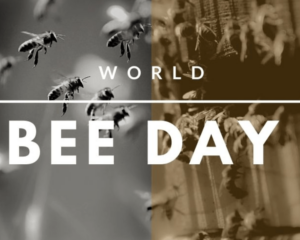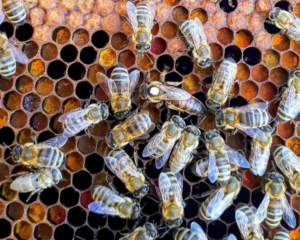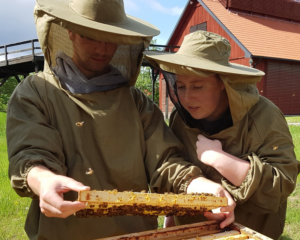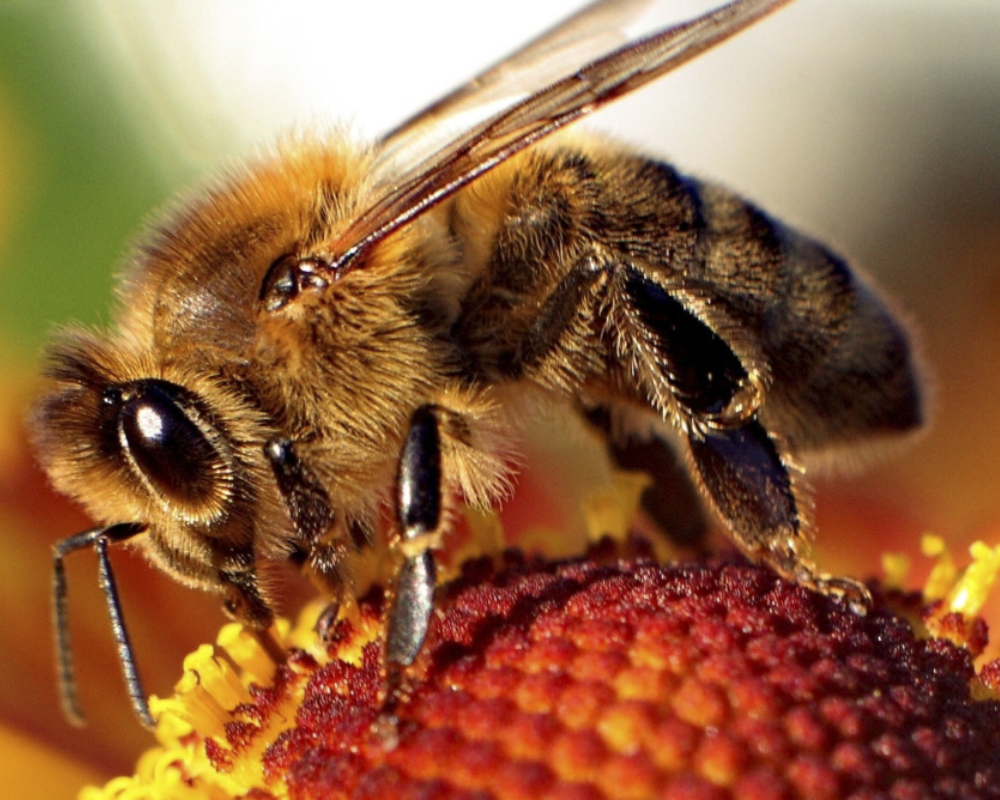For years bees, among the hardest-working organisms on the earth, have helped people, plants, and the environment for generations. Bees and other pollinators enable not just the production of an abundance of fruits, nuts, and seeds, but also greater variety and higher quality, contributing to food security and nutrition.
People all across the world have recently expressed worry about the plight of bees, but knowledge of how to take action has become rare in this day and age.

That is why World Bee Day exists: to educate people about the value of bees and how they may help preserve them for future generations.
History of World Bee Day
World Bee Day occurs with a significant figure in the history of beekeeping. Anton Jana, who introduced modern beekeeping techniques in his home Slovenia in the 18th century, was one of the first to help bring about the relevance of bees in the global environment.

Beekeeping has since become a key component of the world’s ecosystems and economic systems. However, few people understand the value of bees or how to help rescue them, prompting the United Nations to declare World Bee Day.
World Bee Day was established by the United Nations to promote awareness about the importance of bees. Bees are constantly threatened by human activity, which includes the introduction of invading insects, pesticides, land-use change, and monocropping practices, all of which have systematically destroyed bee colonies throughout time.
World Bee Day educates people about the importance of bees and what they do for the environment, such as how they help grow 90% of the world’s wildflower plants, 35% of the world’s crops, and ecosystems all over the world. With these figures, the United Nations has launched a number of programs around the world to raise awareness about the importance of bee conservation and what you can do to help.
Significance of World Bee Day

It is spring in the northern hemisphere in May, when bees are most active and begin to reproduce, and the need for pollination is greatest. It’s autumn in the southern hemisphere, which means it’s time to gather honey and other bee products.
Slovenia, introduced by the Slovenian Beekeepers’ Association, reached out to the United Nations for World Bee Day. They chose May 20 as the birthday of Slovenian Anton Jana (1734-1773), the contemporary beekeeper’s forefather.
Facts about World Bee Day
- Though bees have joined legs, they lack anything like a kneecap and so lack knees.
- Honey has anti-bacterial characteristics and has traditionally been used as a wound dressing as well as a first aid therapy for burns and injuries.
- Honey’s natural fruit sugars, fructose, and glucose, are readily metabolized by the body. This is why athletes and sportsmen consume honey to get a natural energy boost.
- In its lifetime, a single bee may produce 1 spoonful of honey.
- Bees heat and cool their own colony to maintain a temperature of 93 to 95 degrees Fahrenheit all year.
- Globally, 81 million hives generate 1.6 million tonnes of honey, with approximately one-third of that amount traded across national borders.
- Some species also supply resources like beeswax for candles, musical instruments, and arts and crafts.
- There are around 20,000 kinds of wild bees in the world that help with pollination.
- Honeybees are amazing flyers. They fly at about 25 kilometers per hour and beat their wings 200 times every second.
- Honey and pollen make up a bee’s diet.
Wrapping Thoughts
To summarize, World Bee Day serves as a crucial reminder of the vital role bees play in our ecosystem and food production. Bees are essential pollinators that contribute to the growth of fruits, vegetables, and other crops. However, they face numerous threats, including habitat loss, pesticides, diseases, and climate change.
Also read other articles from NorthBridgeTimes.com

